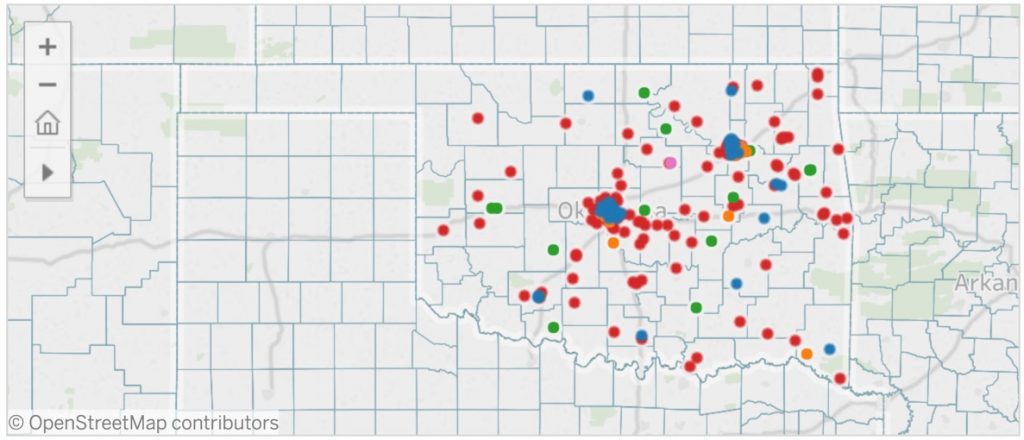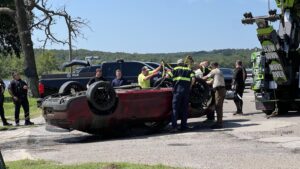In the last 10+ years, there have been over 200 fatal officer-involved shootings in the State of Oklahoma. But in all of Creek County, with our numerous agencies, there has only been a single case of an officer-involved shooting that ended up being fatal for the person who was shot.
A recent compilation of data from The Tulsa World shows that unsurprisingly, the majority of those shootings were relegated to counties and areas with a higher population density, like Tulsa and Oklahoma City.
The single case from Creek County is from 2015 and involves Creek County and Bristow Police Officers responding to a Kellyville man accused of assaulting his wife and child. The man apparently attempted to run down a Bristow officer with his vehicle, which led to the other officers opening fire, killing him.
While the information regarding population density seems to play a part, it’s convoluted when you consider that neighboring Okmulgee County has had five such shootings, all since 2012.
Sapulpa Police Officer Mike Reed says that there’s not really a single characteristic to look for that would determine with Creek County’s record is so minimal.
“Each scenario that an officer encounters is different,” Reed says. “There’s no way to isolate training to a given situation because no two calls are the same.”
While for the most part, all officers in the state are trained through CLEET, Reed says that the amount of training may differ from agency to agency depending on their respective budgets.
“Outside of the basic police academy training, officers are required to have a minimum of 25 hours of continuing education plus two hours of mental health training every year. Those are minimum standards set by the State of Oklahoma,” Reed says. “Additional training above and beyond those mandatory hours is up to the individual agencies which is directly attributed to their budgets and manpower issues,” he added.
As for Sapulpa Police Department, Reed says that newly-hired officers are required to complete a 14 1/2 week-long Field Training Officer course implemented by SPD themselves. Once the officers successfully completes that training they are then released to the field on their own.
He also says that in each situation, it depends entirely on the judgement of the officer. “It boils down to the individual officers perception of the threat they’re faced with,” Reed says. “If they feel their life or the life of another is in danger of death or serious physical harm they are authorized to use deadly force.”
Reed also admits that simple fortunate circumstances may have something to do with it. “We’ve been extremely blessed that we haven’t been placed in the position to have to use deadly force very often,” he says.











